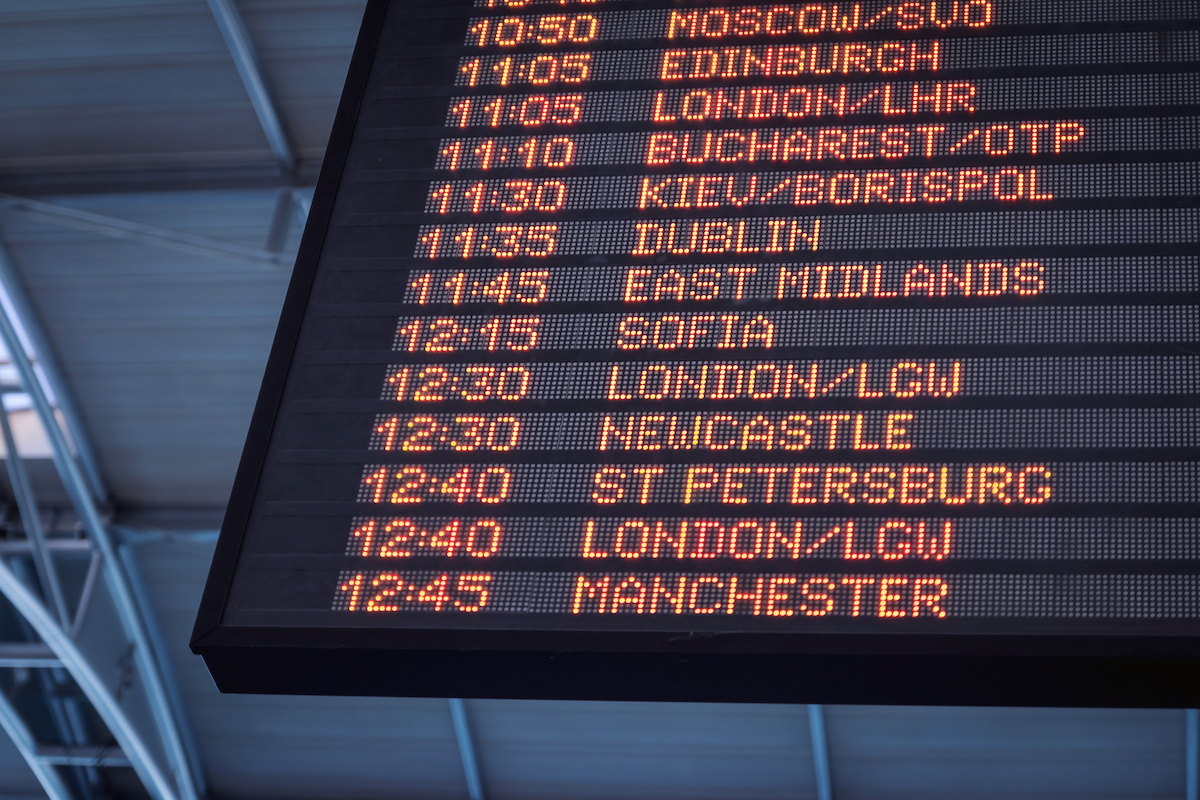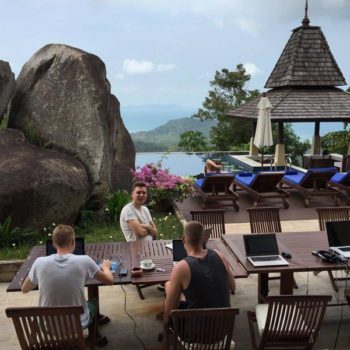By Nivedit Majumdar: He is a technophile and a blogger. He likes to observe new technology trends and write about them. Know more: about.me/niveditm
Dear Boss at work,
I have a confession. I find office boring.
Sincerely,
A Digital Nomad.
For the last two years, I have a day job that comes with the things you’d associate with a conventional workspace: 9-5 routine, great pay and perks, vending machines, team building exercises, collaborative efforts and meetings which are all about who’s-doing-what. The routine is simple and comfortable enough.
But then, could this routine see a disruption in the next couple of years?
Workspaces are becoming digital like never before. With the advent of applications like Slack, Asana and Trello, teams can now be at different parts of the earth, yet be working on the same project together. We’ve progressed from Skype business calls which began with “Can everyone hear me?”, to remote sessions by multiple people on powerful machines.
Which brings about the question: what does the future of work and workspaces look like?
MILLENNIALS DRIVING CHANGE
So here’s the thing with a regular, 9-5 routine: it brings about discipline, but can become monotonous. This facet can come into play when you consider the workforce in the near future: According to a study by Deloitte, millennials will constitute 50 percent of the workforce by 2020.
This statistic is also relevant when one realizes that recent graduates and students are desperate to gain and share knowledge, find engaging projects to collaborate on and enhance their credentials. This has given rise to people finding the cloud as a preferred workspace, rather than an office building.
And while we’re on the cloud…
NEW TECHNOLOGIES
Automation is kicking in like crazy, due to which digital platforms are eventually substituting office environments. For business owners, a primary concern before setting up an office was the technical requirements: would they need server rooms, dedicated hardware, specialised processors and so on.
Now, it’s pretty straightforward: at the fraction of the price which would otherwise have been invested in buying equipment, business owners can rent out cloud space, technical knowhow and powerful machines, without having to set up a dedicated office environment.
This trend goes hand in hand with software as well, with team collaboration applications rising to the occasion and performing a simple yet effective task: bringing together teams from different places, to work as a singular unit.
THE ADVANTAGE WITH DIGITAL WORKSPACES
Digital environments enable workers to log in and work at times they see fit. Instead of sticking to norms and following a fixed time frame, workers can now work flexibly at times they find themselves most productive.
With the increased flexibility and productivity, we’re also looking at better team communication channels – such as Slack, Basecamp or simply Google Hangouts. And because these communication media usually involve business plans and workflow patterns being recorded, there’s an increased accountability on the part of the worker as well – thereby leading to increased participation, and more efficiency.
Finally, here’s something which I’ve faced on a personal level: time lost in travelling to and from office. My office is on the other side of town, and I lose a little more than two hours every day, just stuck in traffic. Two hours a day implies ten hours a week, and I’d rather be spending time with my friends and family, or learning something new, than spending so much time in traffic.
WHERE DO DIGITAL NOMADS COME IN?
I’ve talked about the advantages of a digital workspace. But here’s where things are actually bumped up a notch: when people bring their workspace, to a laptop, to a new location.
With the emergence of concepts such as wanderlust, with travel fares and adjustment to new places becoming cheaper and easier, people want to travel and learn about new places and new cultures. Now while this trend was always there, the urge to work, while experiencing new things at the same time, has led to the rise in number of Digital Nomads.
All things considered, I think the concept of Digital Nomads will be big in the near future. Governments have recognized this, and are encouraging nomads to travel and work, with the help of the tourism ministries. It won’t be long before the concept of a workspace will be recorded between the front and back covers of a passport.
";
}
}















Recent Comments